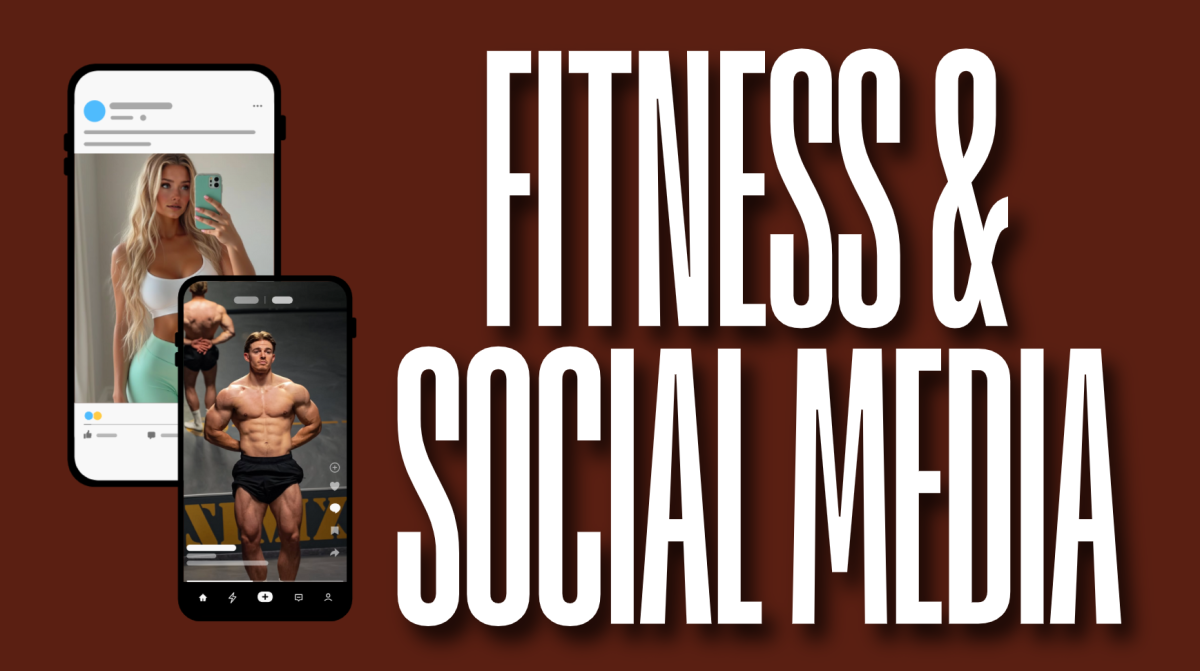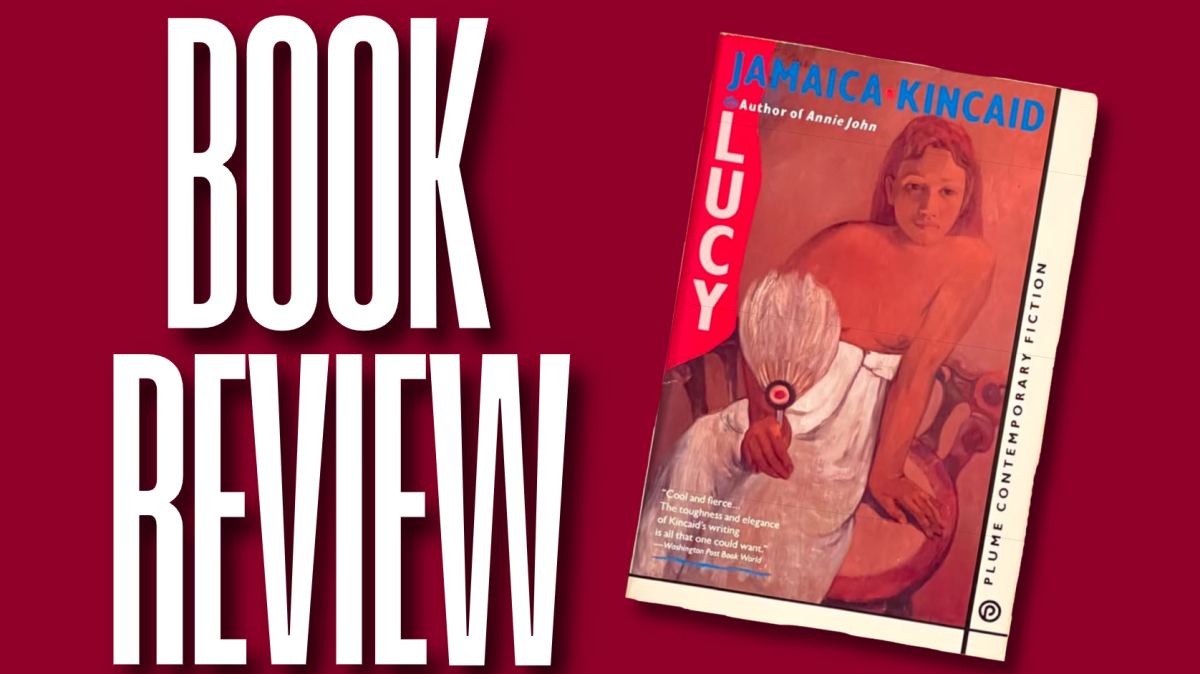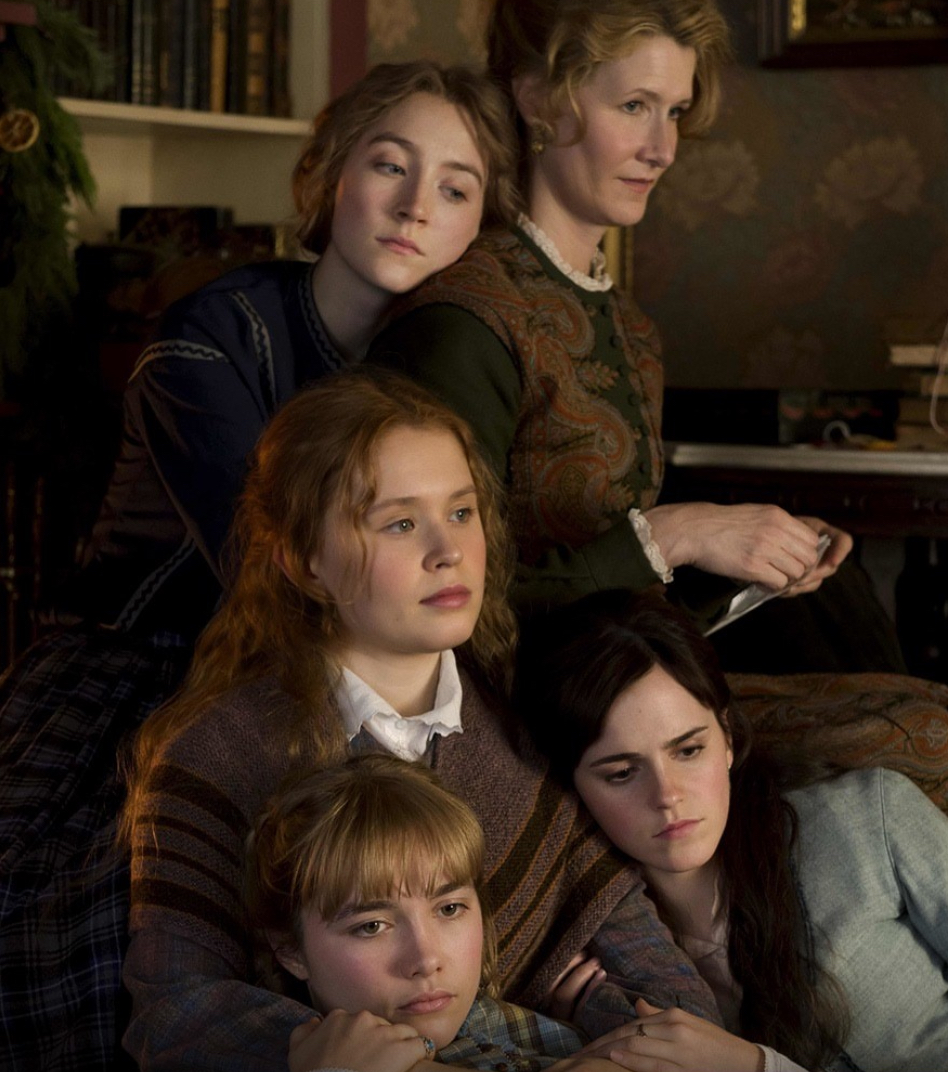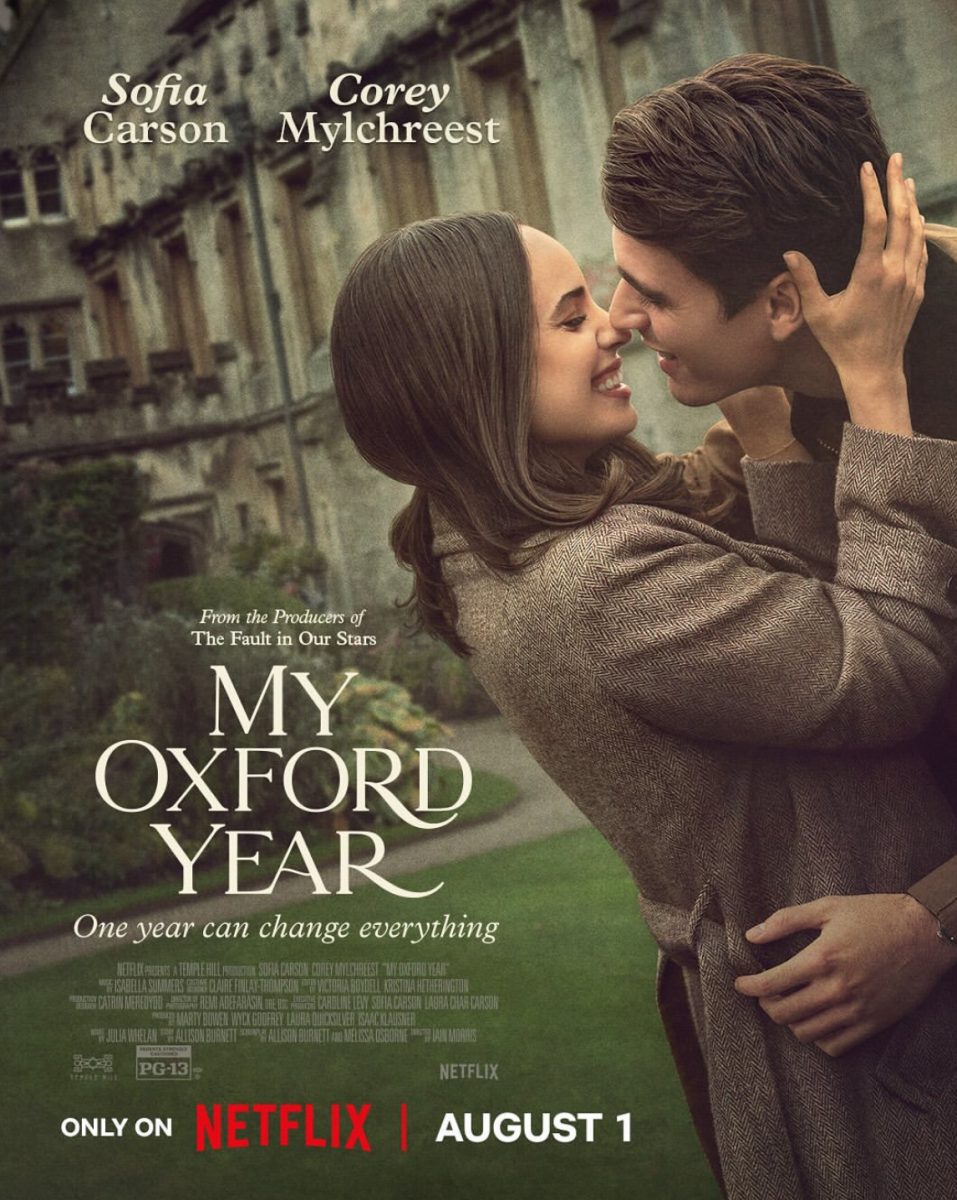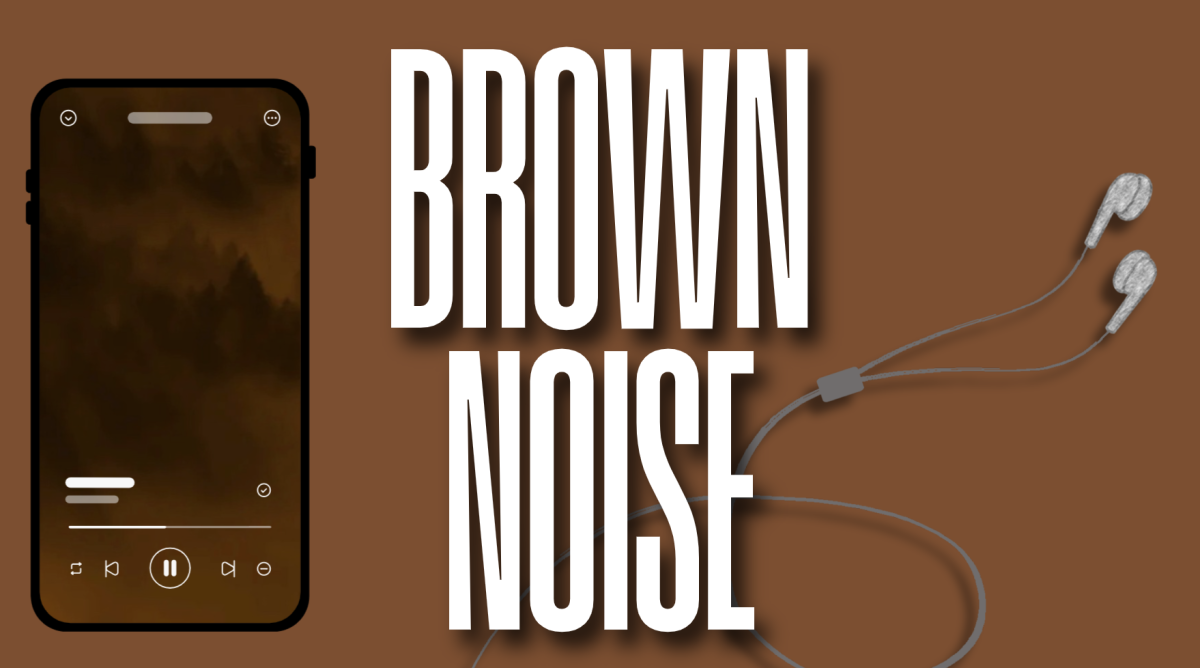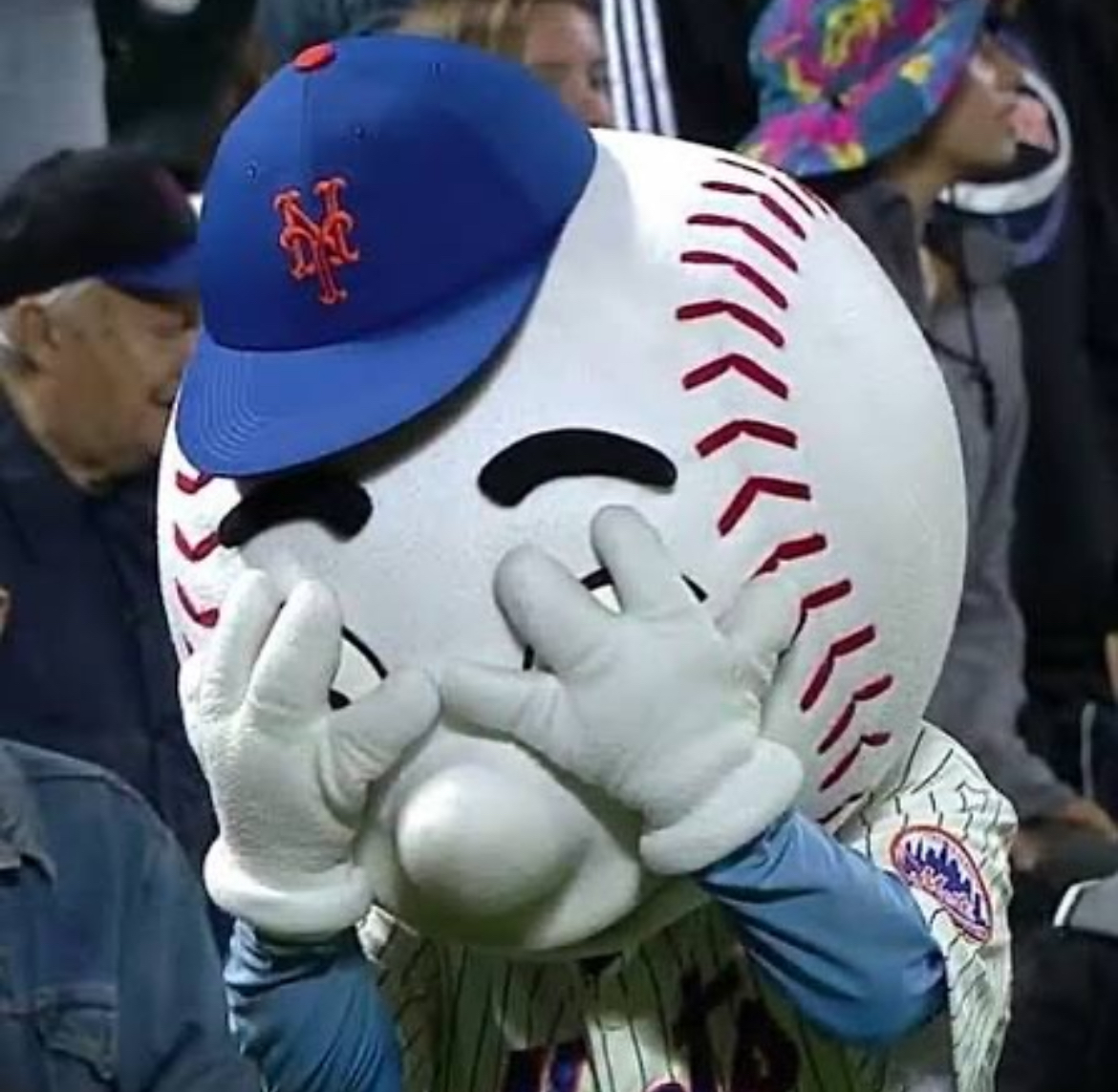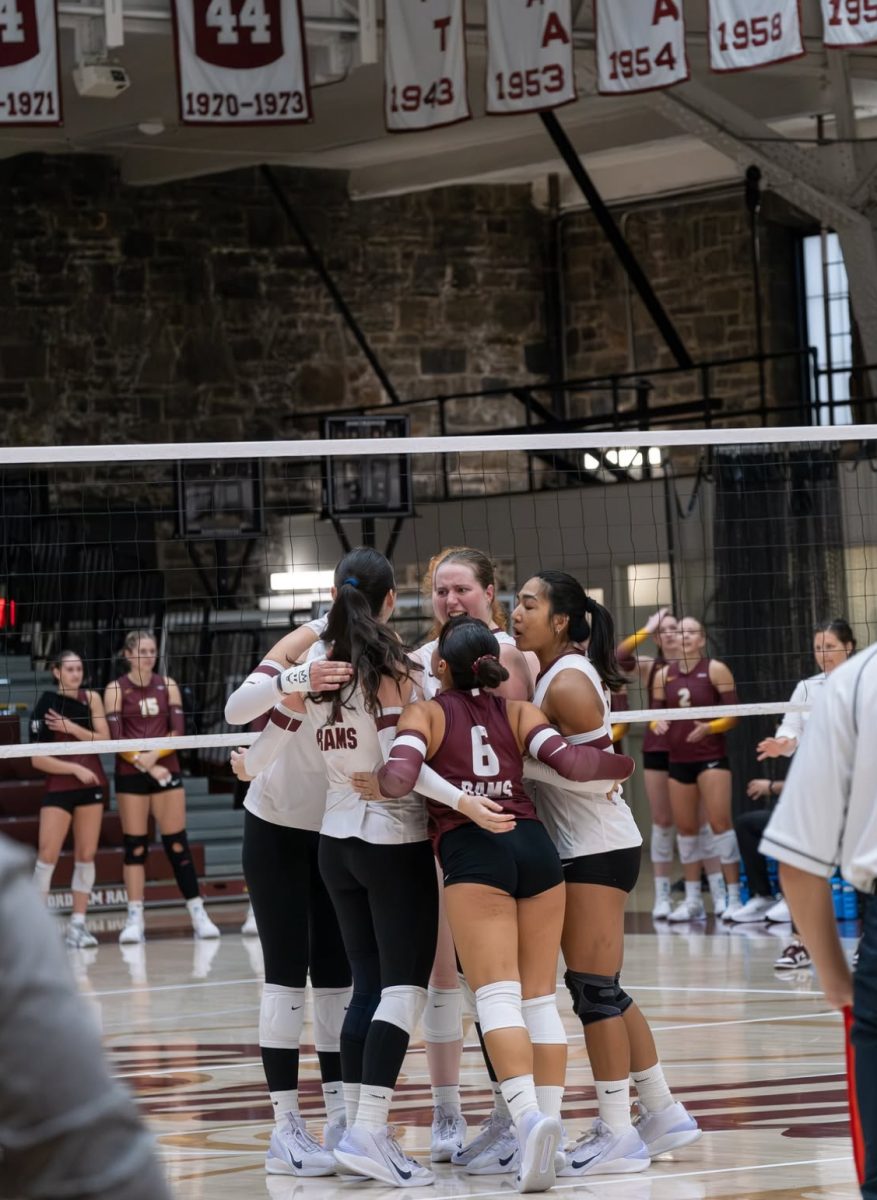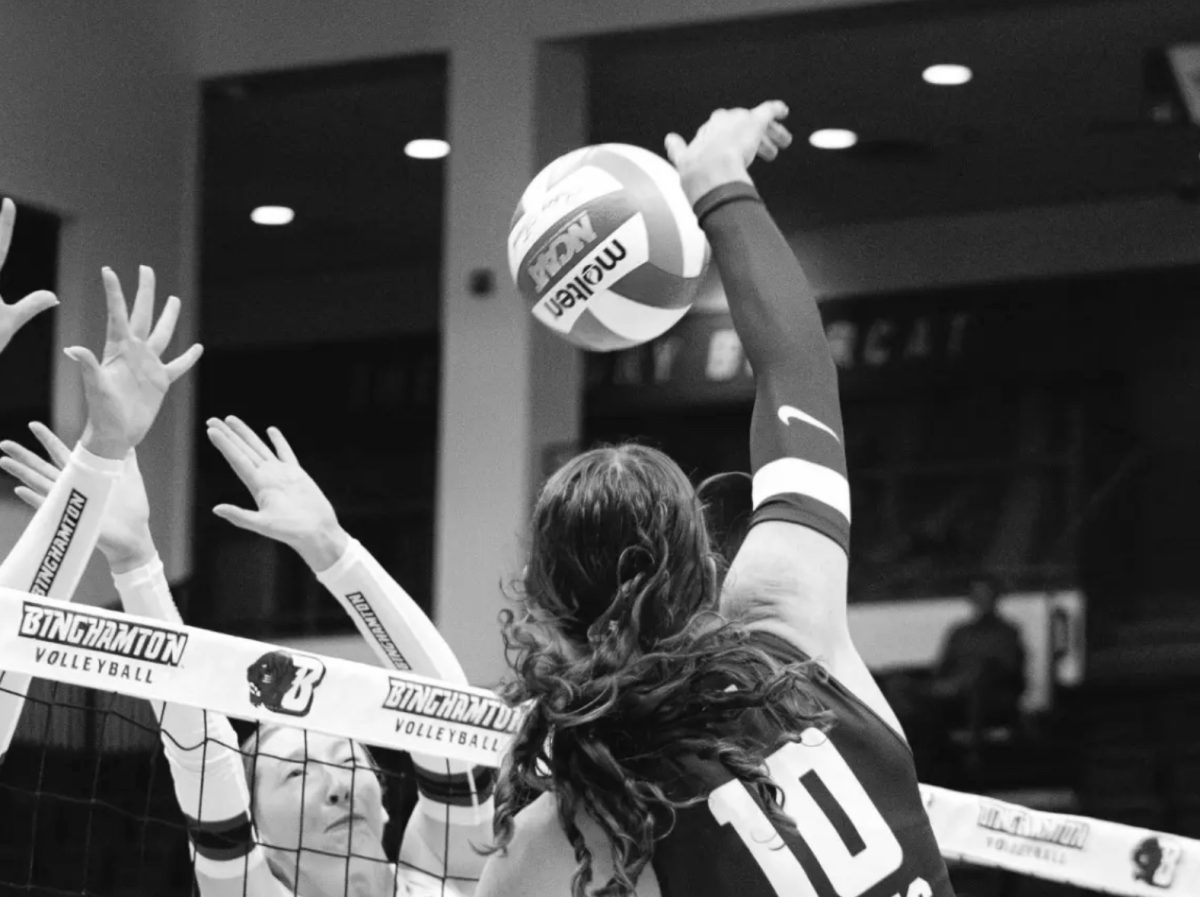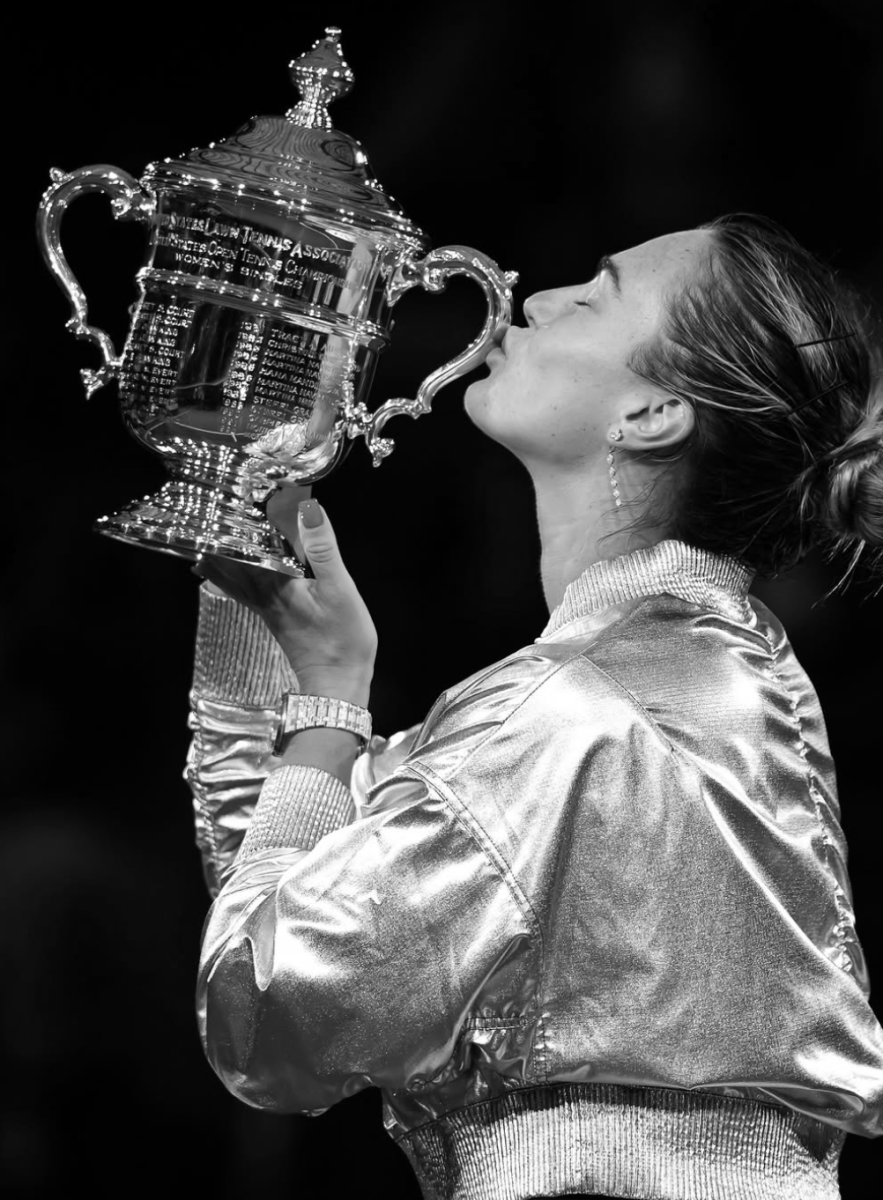The early 2000s weren’t really all that and a bag of chips. Before anyone throws their cargo pants and low-rise jeans at me, hear me out. I understand how most of us grew up in the early 2000s, and that nostalgia feels like a warm blanket. The world has changed a lot in the past few years, and it is normal to seek the comfort and safety that we felt as kids. But we can’t stay stagnant forever. There were some not-so-great aspects of the fashion of the early 2000s, and it is a good thing that we have moved on from then. Hopefully, our fashion and mindset can move away from the early 2000s as well.
Something that the fashion and media culture of the early 2000s lacked, that we enjoy today, is body positivity. With the advent of the internet it is easier to find clothes for people of all body types, and inclusive advertising, but this has not always been the case. The “heroinchic” body type dominated the runway and advertising campaigns. Toxic diet culture was everywhere, from MTV’s “Too Fat for 15” to “The Biggest Loser.” Body shaming in celebrity culture was normalized.
When Jennifer Lawrence was cast as Katniss Everdeen in the first “Hunger Games” movie, she was criticized for being “too big.” Body shaming still exists in the media today, as seen in the comments on TikTok and Instagram. However, the body positivity platform that took off in the 2010s did not exist in the media of the early 2000s. Looking back towards media and fashion that favors one body type over the other is not a great idea. Although still found today, we’ve come a long way from where we were.
Another terrible aspect of the fashion culture of the early 2000s is cultural appropriation. The “boho” look was in, and it took a lot of patterns from different cultures that it shouldn’t have. Taking another culture’s traditions, just because people liked the way they look, highlights the privilege of the person doing the “taking.” Project Cece weighs in on this phenomenon: “adopting something without being informed on its meaning and history could easily lead to disrespecting it, much like wearing eagle feathers from Native American traditions.” An example of this is Coachella, where people felt comfortable wearing Native American headdresses without being part of the groups the headdresses are from, and without understanding the complex history behind them. We know better now. With more knowledge than ever at our fingertips and the change in cultural consciousness, why would anyone want to go back to cultural appropriation? There are so many fashion trends that don’t participate in this. We can do better.
What gets my goat the most about the early 2000s coming back into fashion is where people are going to shop the trends. Many people go to fast fashion websites like Shein or Cider. Let me get on my soapbox for a minute here: we should all know better. Everyone knows about the horrific conditions that garment workers endure producing fast fashion. The collapse of the Rana Plaza building in Bangladesh made headlines around the world for its dangerous working conditions and abuse of its mostly female workers. If we say we support labor unions and workers’ rights, then we should support the rights of all workers, not just our favorite celebrities in SAG-AFTRA. The workers who labor under dangerous conditions for little compensation in another country need our help as well. There is an alternative. Thrift stores and secondhand clothing are the best places to source clothes that are authentic to the early 2000s, and do not support these major fast fashion companies today. Thrifting also cuts down on garment waste and greenhouse gas emissions.
It feels so strange that just a few years ago people would dry-heave at the sight of low rise jeans, but now they are coming back in fashion. You’re not the only one feeling whiplash at the amount of trends that seem to be cycling through your “For You Page.” The “20-year trend cycle” that we are used to is speeding up the popularization of fast fashion and micro-trends, thanks to social media. Y2K has had its moment in the sun for a while now. Maybe it’s time to leave the fashion of the early 2000s in the past and move on.
Kelly Stanton, FCRH ’25, is an American studies and art history major from Boston, Mass.







































